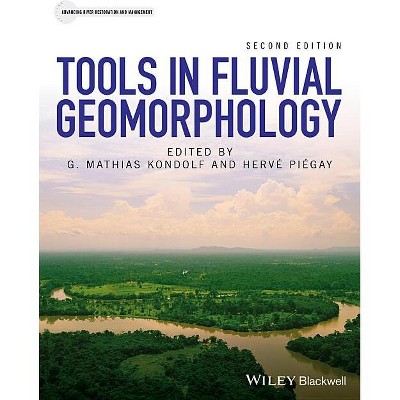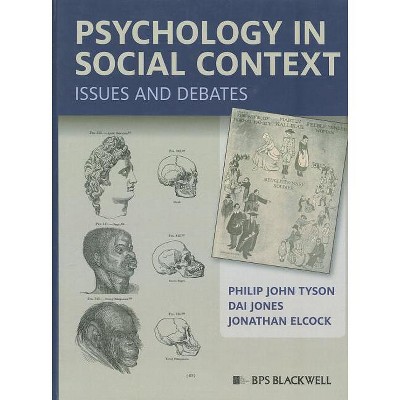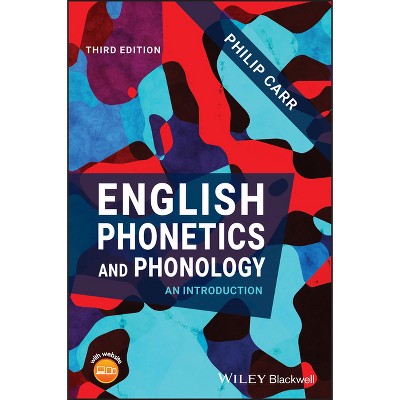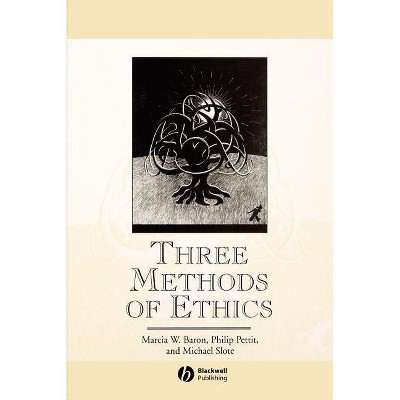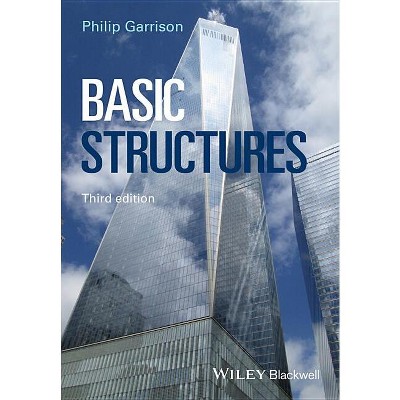Stream Restoration - (Advancing River Restoration and Management) by Philip Roni & Tim Beechie (Paperback)

About this item
Highlights
- With $2 billion spent annually on stream restoration worldwide, there is a pressing need for guidance in this area, but until now, there was no comprehensive text on the subject.
- About the Author: Dr. Philip Roni has 25 years' experience working in and conducting research on streams and watersheds in North America and Europe.
- 320 Pages
- Technology, Hydraulics
- Series Name: Advancing River Restoration and Management
Description
Book Synopsis
With $2 billion spent annually on stream restoration worldwide, there is a pressing need for guidance in this area, but until now, there was no comprehensive text on the subject. Filling that void, this unique text covers both new and existing information following a stepwise approach on theory, planning, implementation, and evaluation methods for the restoration of stream habitats. Comprehensively illustrated with case studies from around the world, Stream and Watershed Restoration provides a systematic approach to restoration programs suitable for graduate and upper-level undergraduate courses on stream or watershed restoration or as a reference for restoration practitioners and fisheries scientists.
Part of the Advancing River Restoration and Management Series.
Additional resources for this book can be found at: www.wiley.com/go/roni/streamrestoration.
From the Back Cover
This book was born out of the clear need for a comprehensive resource for developing successful stream and watershed restoration plans and projects. It provides a systematic and adaptable approach for planning, prioritizing, implementing, and evaluating restoration at the regional, watershed, reach and project level. The reader will gain an understanding of stream and restoration ecology, methods for assessing watershed conditions and identifying restoration actions, different restoration techniques and their benefits and shortcomings, how to prioritize restoration actions, how to implement projects on the ground, and how to design a rigorous monitoring and evaluation program. It is organized in a stepwise fashion covering the key aspects of aquatic restoration including: assessing watershed and riverine processes and conditions, identifying restoration opportunities, choosing appropriate restoration techniques, prioritizing restoration actions, monitoring and implementation. It is intended as a guide for practitioners, an instructional manual for educators and students and a general reference for those interested in or active in the field of aquatic and restoration ecology.
Review Quotes
"This would be very useful as a textbook in graduate classes in ecosystem restoration or engineering ecology, or as a reference for researchers and professionals. Summing Up: Highly recommended. Graduate students through professionals/practitioners." (Choice, 1 January 2014)
"Overall, what this book provides is a good starting point for anyone who wants to study in more depth the various components that together result in a successful river restoration project. To this end, this book provides exactly what it says it does in the title." (Restoration Ecology, 1 November 2013)
About the Author
Dr. Philip Roni has 25 years' experience working in and conducting research on streams and watersheds in North America and Europe. He has written and edited numerous papers and books as well as regional and international reports on stream and watershed restoration. He currently directs an interdisciplinary research program of more than 20 scientists working on fisheries, watershed and estuarine ecology and restoration at the Northwest Fisheries Science Center in Seattle, Washington.
Dr. Tim Beechie has more than 25 years of experience working in management and research of aquatic ecosystems, focusing on understanding how watershed and riverine processes influence channel morphology and river ecosystem dynamics. His recent publications focus on diagnosis of restoration through watershed analysis and development of process-based strategies for river restoration. He currently directs a team of scientists researching the influences of watershed processes and land uses on riverine ecosystems.






